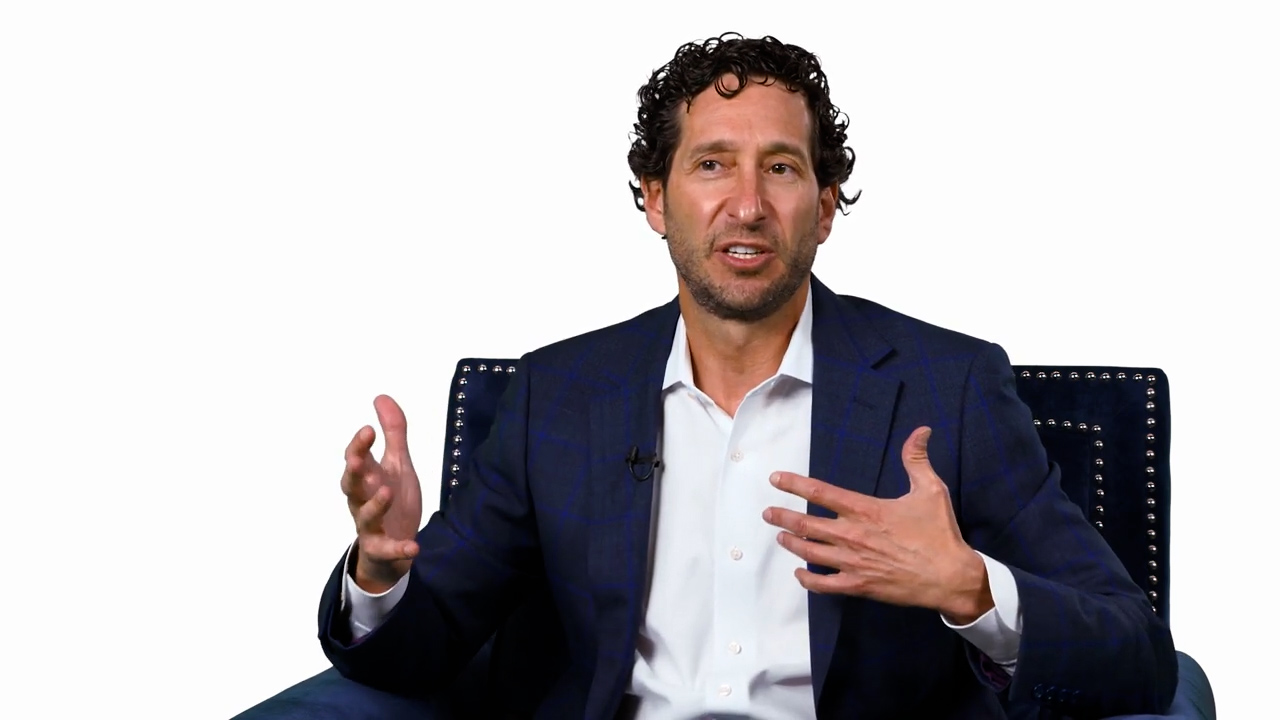Every day 100 more cars join the traffic jams on Las Vegas streets. Nevada is still the fastest-growing state in the U.S. and vehicular growth is just as impressive; it’s not unusual in Southern Nevada to have as many as four cars registered at the same address.
There are more drivers – driving more miles per capita – than in 1990, according to Jeff Fontaine, director, Nevada Department of Transportation (NDOT). Everyone talks about population growth in Nevada, but travel is actually increasing faster than population.
“We have built and developed this community around the automobile and that’s the way it’s going to be for the foreseeable future,” said Jacob Snow, general manager, Regional Transportation Commission of Southern Nevada (RTC).
With so many people driving everywhere in Nevada, transportation agencies statewide are challenged. They are meeting the challenges with mass transit projects, traffic projects, roadway projects, super-projects (those costing more than $100 million dollars) and mega-projects (those costing more than $1 billion).
Statewide Outlook
It seems anywhere you drive (or attempt to drive) you’ll find road construction. Currently NDOT is in the midst of its largest construction program ever, including five super-projects and several upcoming mega-projects. Two of the super-projects are in the north – the Carson City freeway opened its first phase early this year, ahead of schedule. The extension of that interstate from its current end at Mt. Rose Highway into Washoe Valley is a project NDOT calls the I-580 extension, currently only arched bridges along the foothills west of the highway.
Another super-project finished ahead of schedule is the Southern Nevada completion of I-515 through the Beltway in Henderson. Two other super-projects are underway, the widening of I-15 and the Hoover Dam Bypass, a bridge south of the dam that will relieve traffic congestion on U.S. 93. NDOT is partnering with the Federal Highway Administration and the Arizona Department of Transportation on this project, with build-out expected by 2008.
Many of NDOT’s current projects were financed primarily by bonds, a program adopted to accelerate construction because the department’s revenue wouldn’t support such expensive projects. Bonds were originally purchased with interest rates at 2.7 percent and sold at 4.2 percent. In light of rising construction costs, bonds were the only way these projects could have gone forward.
“Cost of materials for highway road construction, primarily to seal asphalt and concrete, rose 22 percent in the last two years, and 15 percent in 2005,” said Fontaine. “Add to that the increased cost of diesel – and energy cost is a significant portion of any construction contract – if we hadn’t done those projects when we did and bonded for them, they would have ended up costing easily 25 percent to 35 percent more.”
Not every project is a super-project. In Northern Nevada the $53 million US 395/I-80 Spaghetti Bowl reconstruction is due to open soon and U.S. 50 is being widened at Fernley all the way to the Lyon/Churchill county line to handle growth in that area. Lyon is now the fastest-growing county in Nevada and the seventh-fastest in the nation.
Other projects include the Clear Acre/McCarran interchange in Reno – administered by RTC in Washoe County and funded by state and federal transportation agencies – and truck-climbing lanes on I-80 West between Keystone Avenue and Robb Drive and on 395 North between McCarran and Golden Valley.
Projects in Southern Nevada include widening Blue Diamond Highway, the first phase running from I-15 to Valley View with the reconstruction of interchanges, and the next phase from Valley View to Decatur, creating eight lanes. From there, the project will stretch to the Clark County line through a series of phases that have yet to go to bid.
Other upcoming projects include adding north- and south-bound auxiliary lanes on I-15 between the Beltway and Spring Mountain Road. The projects aren’t huge in terms of dollars, but will have an immediate impact on traffic on I-15, the heaviest traveled highway corridor in Nevada according to Fontaine.
Southern Nevada
In Southern Nevada, RTC is at work on the 53-mile Las Vegas Beltway, running from the southeast to the far west of the Valley and going north to connect with I-15 near the Las Vegas Motor Speedway. Like Reno’s ring road, McCarran, it currently has some traffic signals, though plans call for interchanges leading to arterials before the year is out. At that time, the Beltway will function with freeway infrastructure to reduce traffic congestion on key corridors.
RTC also plans to turn North Fifth Street into a north-south super-arterial similar to the way Desert Inn Road was set up for east-west travel. It will have flyovers, no traffic lights and a dedicated lane for a rapid transit element and would serve as an alternative to I-15 in the north end of the Valley. Its northern end would feed into the I-215 Beltway, allowing quicker trips to and from downtown Las Vegas.
In an attempt to reduce traffic on surface streets, RTC is creating mass transit options for residents and visitors. Double-decker buses called “The Deuce” started running on the Strip in October; already 50 percent more people are riding The Deuce than rode the previous bus system. During peak days when conventions are in town, 50,000 people use the system. It’s a great way to take in the neon lights, fountains, volcanoes and pirate ships from 14 feet off the ground, said Snow. Eighty percent of the funding to buy the buses came from federal mass transit grants, and RTC plans to buy more of the vehicles.
Other mass transit options include a “train on tires” – a train concept without the expense of rail infrastructure. More than a bus, less than a subway, the system runs seven miles on dedicated lanes, connecting Nellis Air Force Base with downtown Las Vegas. So far, the price tag stands at $19 million. Eventually the system will stretch 33 miles, from Nevada State College in Henderson through the resort corridor, and enable riders to connect with other mass transit systems.
The project recoups federal funding dollars from the portion of the federal excise gas tax that goes straight to funding mass transit systems. Most of that money has gone to cities like Los Angeles and New York in the past; now Nevada’s getting a piece of the action.
Another people-moving system is the Las Vegas Monorail, currently stretching four miles through the heart of the resort corridor and funded by $150 million in private bonds. Opened in summer 2004, plans now call for the monorail to extend to McCarran International Airport at a cost of $1.3 billion. With the Las Vegas airport now the fifth-busiest in the U.S. and 20 million of the 40 million annual visitors passing through the airport, the extension will help relieve congestion on busy surface streets.
One more Southern Nevada project is the Transportation Management Center, an operations center that will allow NDOT to isolate 64 locations in the Las Vegas Valley to remotely monitor traffic, adjust signals and send messages to overhead signs. The facility will house RTC and Nevada Highway Patrol, which will be able to respond to incidents the moment they happen.
Northern Nevada
A $2 million environmental impact and engineering study is looking at a rapid transit system in downtown Reno, straight down Virginia Street from the University of Nevada, Reno to an undetermined terminus, possibly as far as the University’s Redfield Campus and Sierra Summit mall on Mt. Rose Highway.
Other RTC projects include the Clear Acre/McCarran interchange and the long-awaited extension of Moana Lane, with a $21 million price tag.
Traffic downtown should flow more easily now that the ReTRAC train trench is completed. Trains ran through the trench for the first time on November 18, 2005. What remains, said Project Manager Ron Dukeshier, is the street work rebuilding around the trench, already 50 percent completed, and landscaping around it. The city of Reno may choose to extend Granite Construction’s contract to include street improvements between Second and Fourth Streets on Sierra, Virginia and Center streets, keeping road construction in downtown through 2007, but the project that was originally conceived in the 1940s is 95 percent to 98 percent complete.
The Road Ahead
NDOT hopes the funding it has obtained will be enough to see it through the next few years to finish existing projects before starting the next round, which may contain as many as 10 super-projects and two mega-projects.
Northern Nevada can expect to see work from the Spaghetti Bowl north to Stead, and on I-80 from Robb Drive to Vista (basically all the way through the city of Reno) within the next 10 years.
Southern Nevada’s proposed mega-projects include widening I-15 between Tropicana and the Spaghetti Bowl, and widening U.S. 395 in the northwest. The Hoover Dam Bypass Project is already underway.
“It all adds up. With the maintenance fees and super- and mega-projects, projecting between now and 2015, there will be a $3.8 billion shortfall in today’s dollars,” said Fontaine.
One reason for the expected shortfall is that, while there are more drivers driving more miles than ever before, they’re using less fuel to do it, due to improved fuel economy. Since NDOT’s revenue comes from fuel taxes, that means more drivers and less revenue. Add rising construction costs, and the scope of upcoming projects and funding becomes a critical issue.
Towards that end, Governor Guinn has appointed a Blue Ribbon Task Force to address funding needs and make recommendations to close the funding gap. “I don’t think anybody disagrees that transportation is vital to our economic prosperity and our quality of life,” said Fontaine. “No one wants to see either of those compromised because we can’t keep up with traffic.”










